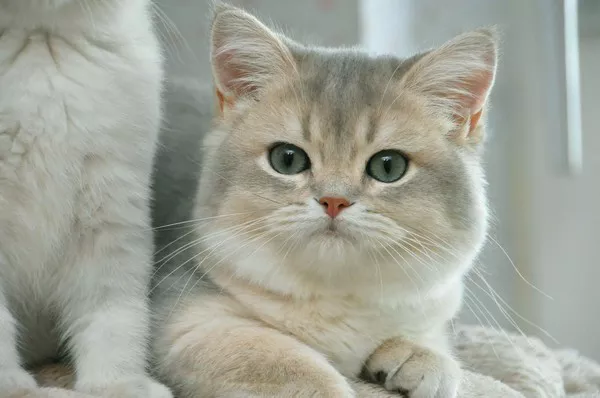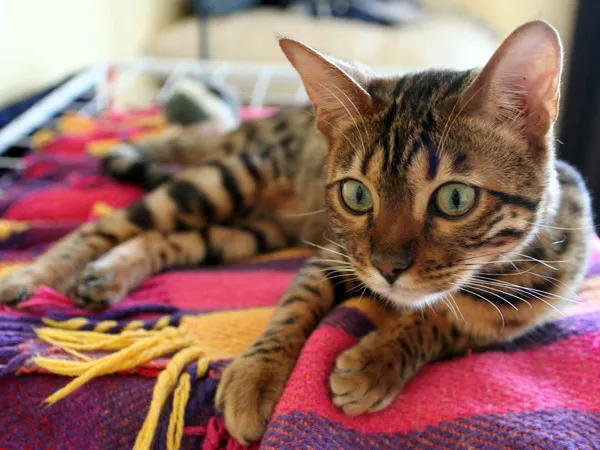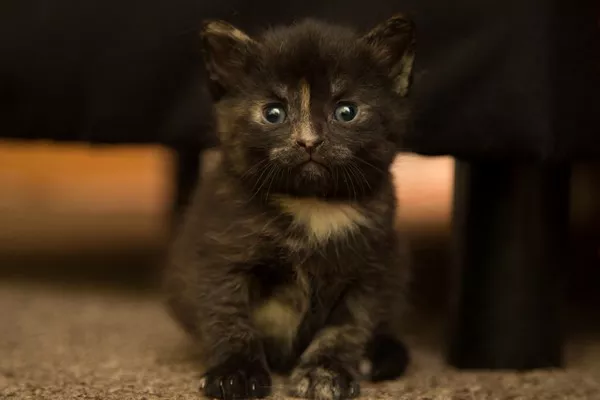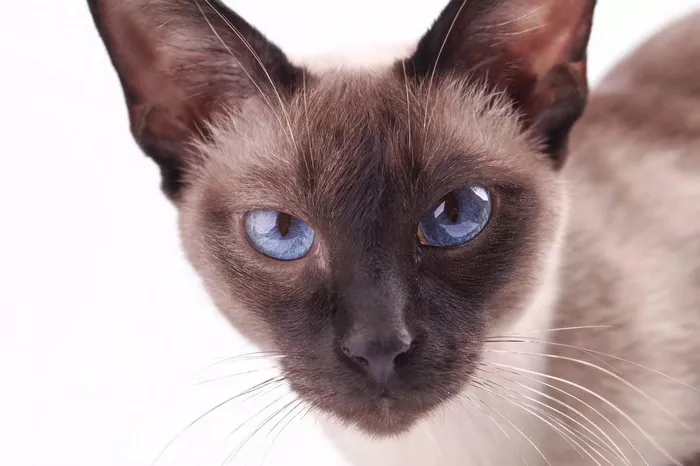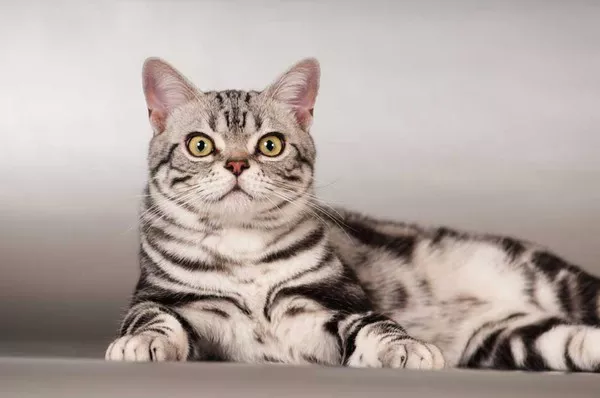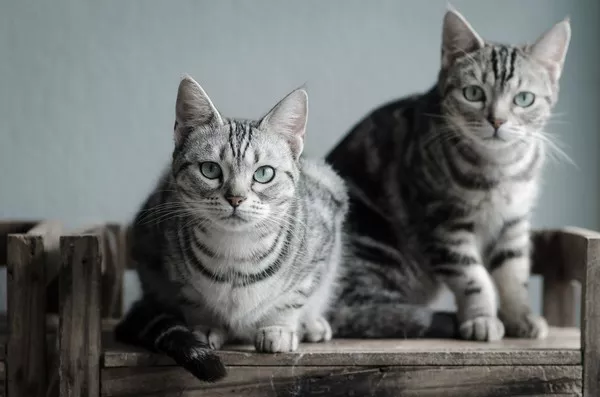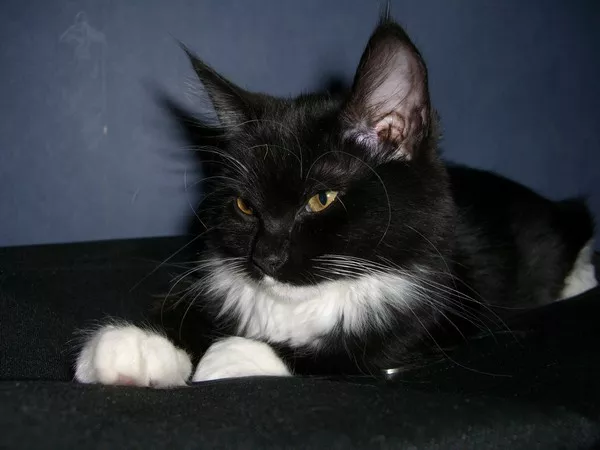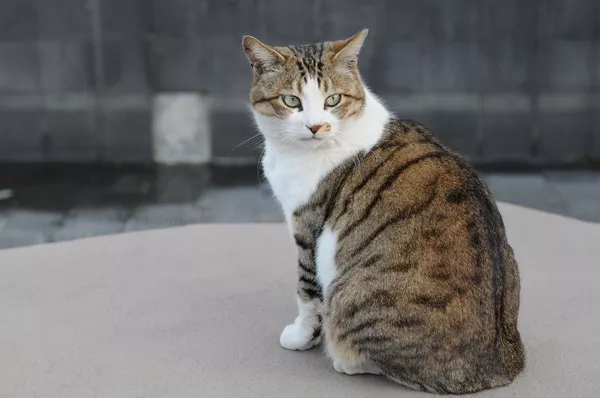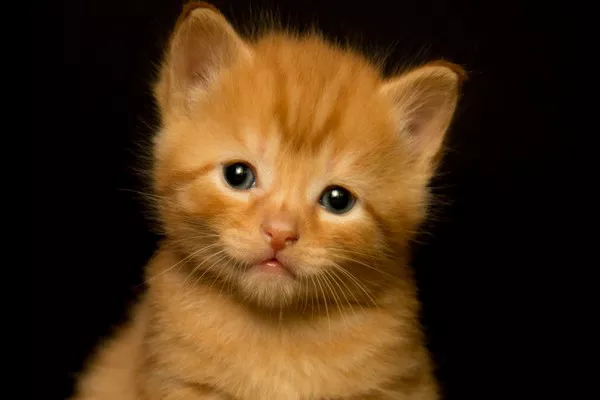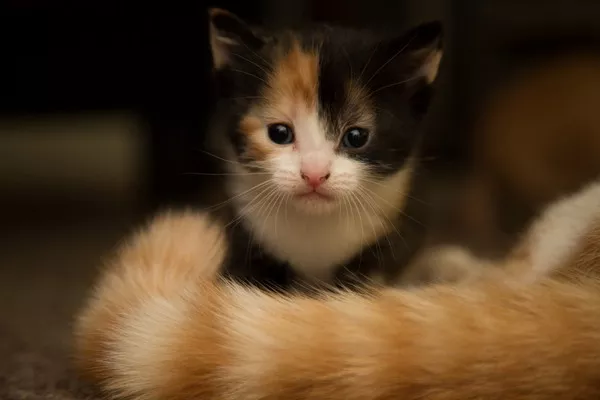British Shorthaired cats, with their round faces, dense coats, and sweet temperaments, are beloved companions in many households. Grooming these cats is a crucial aspect of their care, and selecting the right brush is paramount to maintaining their coat health and overall well-being. In this comprehensive guide, we explore the world of grooming British Shorthaired cats, discussing the unique characteristics of their coats, the importance of grooming, and, most importantly, identifying the best brushes suited for British shorthair cats.
Understanding the British Shorthaired Coat:
Before delving into the realm of brushes, it’s essential to understand the distinctive features of the British Shorthaired cat’s coat. Characteristics of their coat include:
Dense and Plush:
British Shorthaired cats boast dense, plush coats that lie close to their bodies. The fur is short but incredibly soft to the touch.
Undercoat Presence:
While the breed is considered a shorthair, British Shorthaired cats have a subtle undercoat that contributes to the overall density of their fur.
Low Maintenance:
Compared to long-haired breeds, British Shorthaired cats are generally low-maintenance in terms of grooming. However, regular brushing is still essential to minimize shedding and prevent matting.
The Importance of Grooming:
Grooming is not only about maintaining a cat’s appearance but also plays a crucial role in their health and well-being. For British Shorthaired cats, grooming serves several purposes:
Hairball Prevention:
Regular brushing helps reduce the amount of loose hair that cats ingest during self-grooming, minimizing the formation of hairballs.
Bonding Experience:
Grooming sessions provide an opportunity for bonding between the cat and their owner. It fosters trust and strengthens the human-feline relationship.
Skin and Coat Health:
Brushing promotes a healthy skin and coat by distributing natural oils, preventing matting, and removing loose fur that could lead to skin issues.
Choosing the Right Brush for British Shorthaired Cats:
Selecting the best brush for grooming British Shorthaired cats involves considering their unique coat characteristics and individual preferences. Here are some brush options tailored to the needs of these charming felines:
Slicker Brushes:
Slicker brushes are excellent for British Shorthaired cats due to their dense coats. These brushes feature fine, short wires close together, effectively removing loose hair and preventing matting. When using a slicker brush, it’s crucial to be gentle and avoid excessive pressure to prevent discomfort.
Rubber Brushes or Mitts:
Rubber brushes or grooming mitts are ideal for British Shorthaired cats because of their gentle nature. These tools have soft rubber bristles or nubs that not only remove loose hair but also provide a soothing massage for the cat. Cats often enjoy the sensation, making grooming a more pleasant experience.
Combination Brushes:
Combination brushes, featuring both bristles and pins, offer versatility for grooming British Shorthaired cats. The bristle side helps remove loose hair and distribute natural oils, while the pin side addresses any tangles or mats. This type of brush is suitable for regular maintenance.
Flea Combs:
Flea combs with fine, closely spaced teeth are useful for British Shorthaired cats, especially around sensitive areas like the face. These combs help remove debris, loose fur, and any potential fleas or flea dirt.
Grooming Techniques for British Shorthaired Cats:
Once the appropriate brush is selected, employing effective grooming techniques ensures a positive and stress-free experience for both the cat and the owner:
Gentle Approach:
Approach grooming with a gentle touch, especially in sensitive areas. British Shorthaired cats typically enjoy being groomed, but a calm and patient demeanor enhances the experience.
Regular Sessions:
Establish a regular grooming routine to prevent matting and minimize shedding. Short sessions a few times a week are often sufficient to keep the coat in optimal condition.
Focus on Problem Areas:
Pay extra attention to areas prone to matting, such as behind the ears and in the underarm region. Gently work through any tangles using a slicker brush or comb.
Positive Reinforcement:
Reward your British Shorthaired cat with treats or affection during and after grooming sessions. Positive reinforcement helps create a positive association with the grooming process.
Additional Tips for British Shorthaired Cat Grooming:
Trimming Nails:
Incorporate nail trimming into the grooming routine, especially if your British Shorthaired cat is indoors. Use a cat-specific nail trimmer and reward your cat after each successful trimming session.
Ear Cleaning:
Periodically check and clean your cat’s ears using a gentle cat ear cleaner and cotton balls. Avoid inserting anything into the ear canal and consult your veterinarian if you notice signs of ear issues.
Dental Care:
While not directly related to grooming, dental care is essential for a cat’s overall well-being. Introduce tooth brushing gradually using a cat-friendly toothbrush and toothpaste.
Professional Grooming Services:
If you find grooming challenging or your cat has specific grooming needs, consider professional grooming services. Professional groomers can provide expert care, especially for tasks like dematting or expressing anal glands.
Conclusion:
Grooming British Shorthaired cats is a rewarding and essential aspect of their care. Choosing the right brush, understanding their coat characteristics, and implementing effective grooming techniques contribute to a healthy and happy cat. With the right tools and a gentle approach, grooming sessions become enjoyable for both the British Shorthaired cat and their devoted owner. Remember, each cat is unique, so observing their reactions and preferences during grooming helps tailor the experience to suit their individual needs, ensuring a lifelong bond between feline and human companions.

